Growing your own vegetables is one of the most rewarding practices in gardening. However, for beginners or those with limited time and space, waiting months for a harvest can be discouraging. That’s where fast-growing vegetables shine. These quick-yielding crops offer almost instant gratification, are easy to grow, and can turn a small patch of soil or a few containers into a productive mini farm.
In this article, we explore six of the fastest-growing vegetables that not only thrive in various environments but also deliver nutritious harvests within a matter of weeks. Whether you’re gardening on a balcony, a backyard, or a raised bed, these vegetables are perfect for busy lifestyles and impatient green thumbs alike.
1. Radishes (Raphanus sativus)
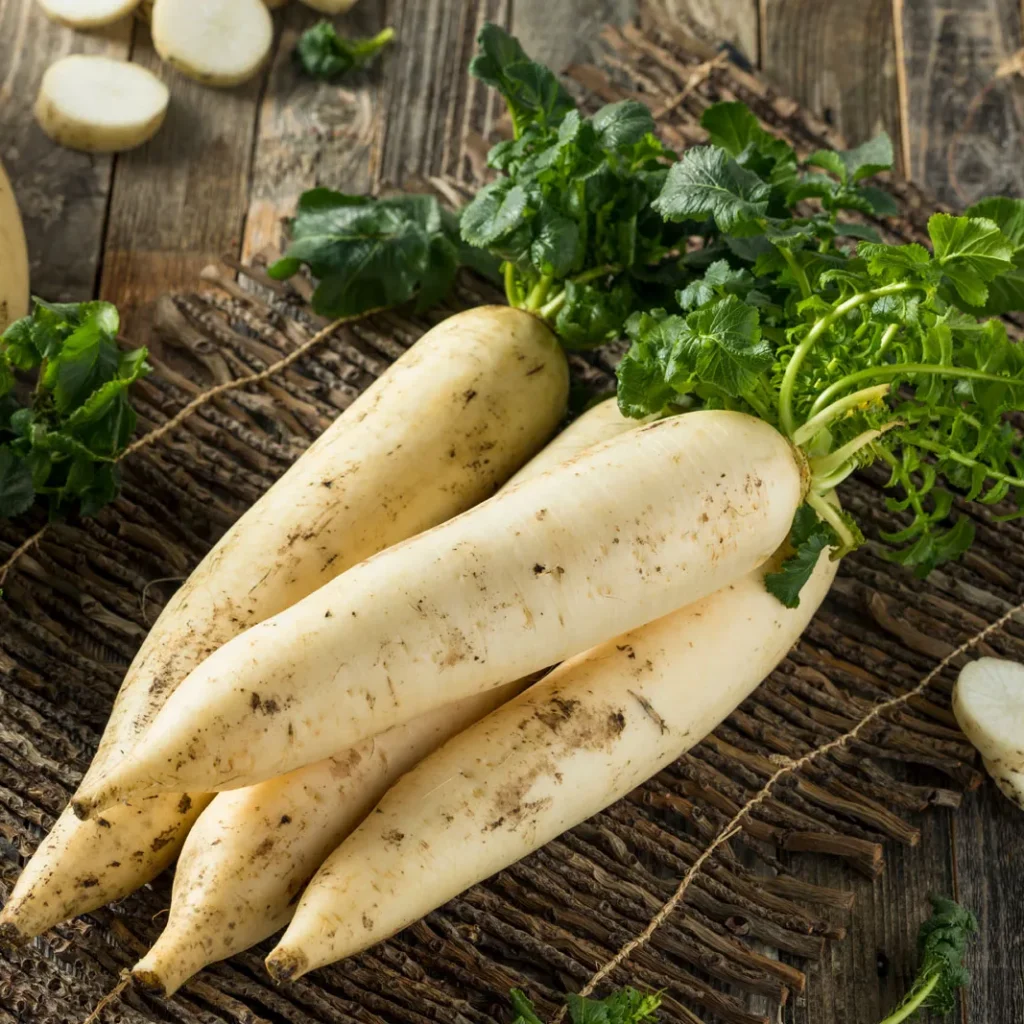
Time to Harvest: 20–30 days
Best Season: Spring and fall
Light Requirement: Full sun to partial shade
Ideal For: Raised beds, containers, beginner gardeners
Radishes are among the quickest vegetables to grow from seed to harvest. With some varieties maturing in just three weeks, they’re a favorite for impatient gardeners and ideal for succession planting. Their peppery flavor makes them a vibrant addition to salads, slaws, and garnishes.
Radishes prefer loose, well-drained soil and need consistent moisture for uniform development. Sow seeds directly into the soil at a shallow depth and thin them out once the seedlings appear.
Popular Varieties:
- Cherry Belle (22 days)
- French Breakfast (25 days)
- White Icicle (30 days)
Bonus Tip: You can also eat the radish greens! They’re nutrient-rich and great in stir-fries or soups.
2. Leaf Lettuce (Lactuca sativa)
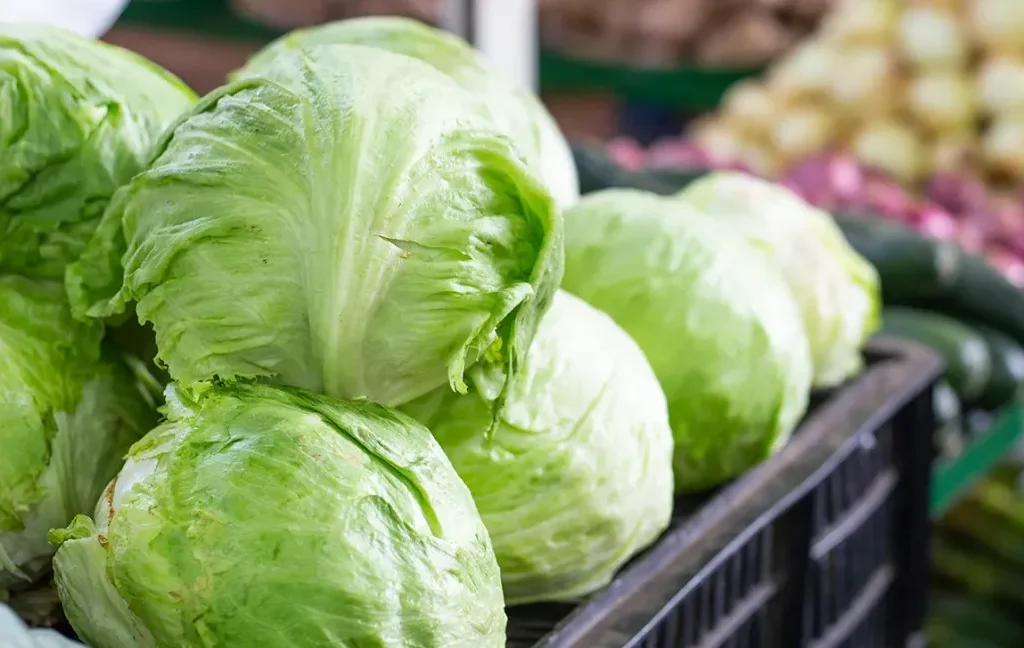
Time to Harvest: 25–45 days
Best Season: Spring and early summer (cool weather)
Light Requirement: Partial shade to full sun
Ideal For: Window boxes, balcony pots, cut-and-come-again gardens
Leaf lettuce varieties like loose-leaf, romaine, and butterhead are incredibly fast-growing. Unlike head lettuce, you can begin harvesting the outer leaves as soon as they’re 3–4 inches tall, allowing the inner leaves to continue growing.
Sow seeds densely in rows or containers, and keep the soil consistently moist. These greens thrive in cooler temperatures and may bolt (flower prematurely) if exposed to too much heat.
Popular Varieties:
- Black Seeded Simpson (28 days)
- Buttercrunch (30 days)
- Red Salad Bowl (40 days)
Bonus Tip: Practice succession planting every 2–3 weeks for a continuous supply throughout the season.
3. Spinach (Spinacia oleracea)

Time to Harvest: 30–45 days
Best Season: Early spring and fall
Light Requirement: Partial to full sun
Ideal For: Raised beds, indoor pots, shaded gardens
Spinach is another quick-grower packed with iron, calcium, and vitamin A. You can start harvesting baby spinach leaves within a month of planting. Like lettuce, spinach enjoys cooler temperatures, and many varieties are frost-tolerant.
It’s best to direct sow spinach seeds in moist, fertile soil. Harvest the outer leaves first, or cut the entire plant about an inch above the soil line to allow for regrowth.
Popular Varieties:
- Bloomsdale (40 days)
- Space Hybrid (35 days)
- Baby’s Leaf (30 days)
Bonus Tip: For quicker results, pre-soak seeds in water overnight before planting.
4. Green Onions (Allium fistulosum)
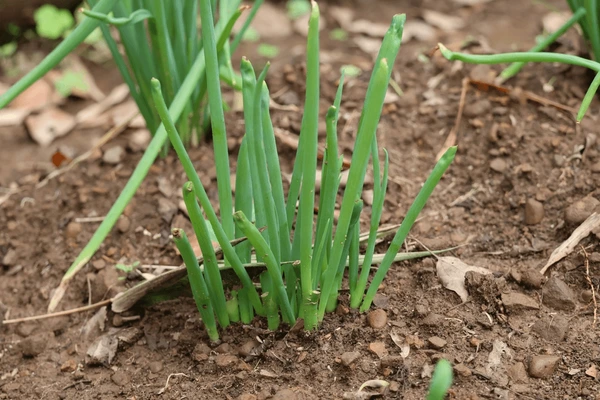
Time to Harvest: 20–30 days (greens), 60–90 days (bulbs)
Best Season: Spring and fall
Light Requirement: Full sun
Ideal For: Containers, kitchen gardens, hydroponic systems
Also known as spring onions or scallions, green onions are perfect for rapid, flavorful harvests. You can begin snipping the green tops in as little as three to four weeks after planting. These greens add a mild, zesty flavor to salads, soups, and curries.
They can be grown from seeds or even kitchen scraps—just place the white base of used green onions in water or soil, and they’ll regrow in days. They require minimal care and do well in compact spaces.
Popular Varieties:
- Evergreen Bunching (30 days)
- White Lisbon (28 days)
- Ishikura (25–30 days)
Bonus Tip: Harvest outer stalks regularly to encourage fresh growth from the center.
5. Arugula (Eruca sativa)
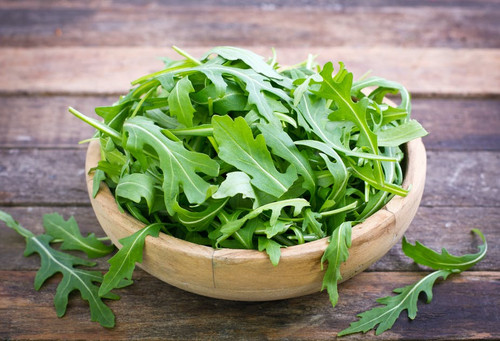
Time to Harvest: 20–40 days
Best Season: Spring and fall
Light Requirement: Partial shade to full sun
Ideal For: Small pots, windowsills, kitchen gardens
If you’re craving a fast, spicy green, arugula is your best bet. Often ready to harvest in as little as 20 days, arugula is popular for its peppery flavor and health benefits—it’s high in calcium, potassium, and folate.
Sow seeds densely in shallow soil and water regularly. Arugula prefers cooler weather and will bolt if temperatures are too high. For continuous harvests, practice cut-and-come-again harvesting, taking outer leaves and letting the center regrow.
Popular Varieties:
- Rocket (21–30 days)
- Wild Arugula (40 days)
- Astro (30 days)
Bonus Tip: Grow arugula in partial shade to slow bolting and prolong harvest.
6. Bush Beans (Phaseolus vulgaris)
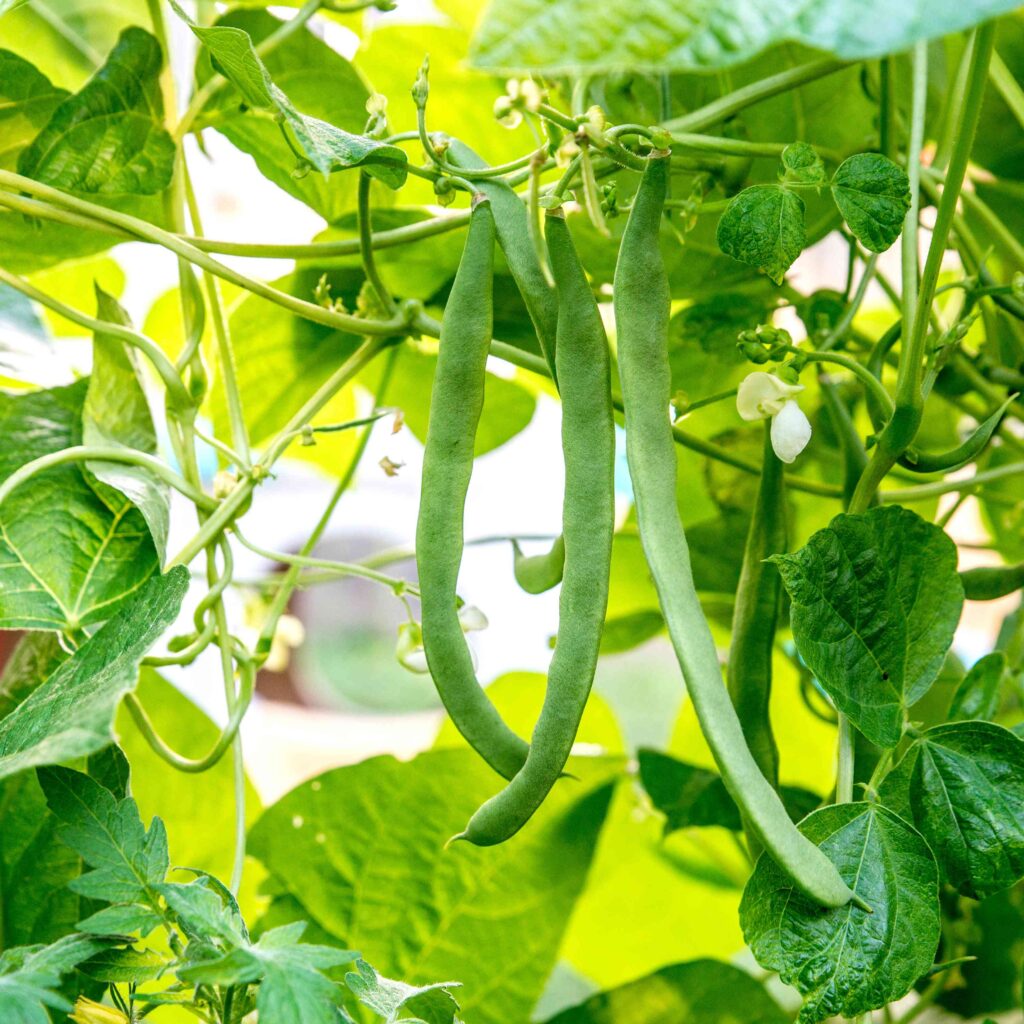
Time to Harvest: 45–60 days
Best Season: Late spring through summer
Light Requirement: Full sun
Ideal For: Raised beds, in-ground gardens, large containers
Bush beans are an excellent addition to any fast-yielding garden. They mature faster than pole beans and don’t require staking or support. In just six to eight weeks, they begin producing tender, flavorful pods ideal for steaming, stir-frying, or eating raw.
These plants prefer warm soil and consistent watering. They also enrich the soil by fixing nitrogen, making them great companions in mixed vegetable gardens.
Popular Varieties:
- Contender (45–50 days)
- Blue Lake Bush (55 days)
- Provider (50 days)
Bonus Tip: Harvest beans regularly to encourage more flowering and continuous production.
Benefits of Growing Fast-Harvest Crops
Growing quick-yielding vegetables offers several advantages:
Instant Gratification:
Ideal for new gardeners who want to see results quickly.
Successive Planting:
Allows you to grow multiple batches in one season.
Fresh, Nutrient-Dense Produce:
You can harvest vegetables at peak flavor and nutrition, without chemicals.
Space Efficiency:
Perfect for container gardening, balconies, and urban spaces.
Budget-Friendly:
Reduces grocery bills while enhancing self-sufficiency.
Growing Tips for Quick Harvests
To get the best out of your fast-growing vegetables, follow these tried-and-true gardening tips:
- Soil Preparation:
Use nutrient-rich, loose, and well-draining soil. Add compost or organic fertilizers to kickstart growth. - Consistent Watering:
Most fast-growing vegetables need evenly moist soil—not soggy, not dry. - Sunlight Exposure:
Place your garden where it gets at least 4–6 hours of sunlight (check individual crop needs). - Pest Monitoring:
Fast crops are tender and may attract aphids or slugs. Use neem spray or companion planting for control. - Succession Planting:
Sow seeds in intervals (every 2 weeks) for a continuous supply. - Harvest Regularly:
Don’t wait too long—overripe greens and beans lose flavor and texture quickly.
Final Thoughts
Whether you’re an urban dweller with limited space or a backyard gardener looking to optimize your yields, these 6 fast-growing vegetables provide an efficient and satisfying way to bring fresh, homegrown produce to your table in record time.
From the crisp bite of radishes to the peppery tang of arugula and the gentle greens of spinach, each vegetable offers unique flavors and nutritional value—without the long wait. With just a few pots, good soil, and a bit of care, quick harvests are within everyone’s reach.
So why wait months for results? Get planting today and enjoy your first harvest in just a few weeks!
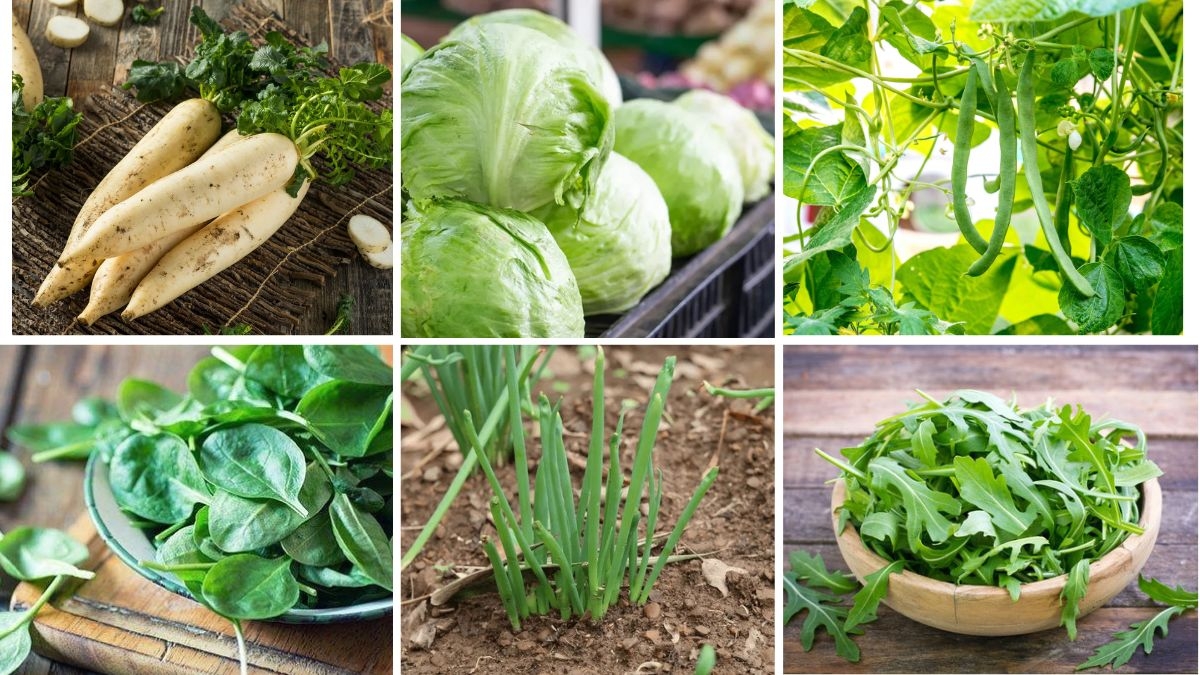





Leave A Comment